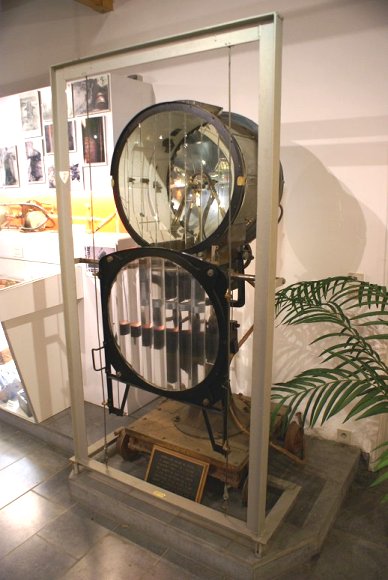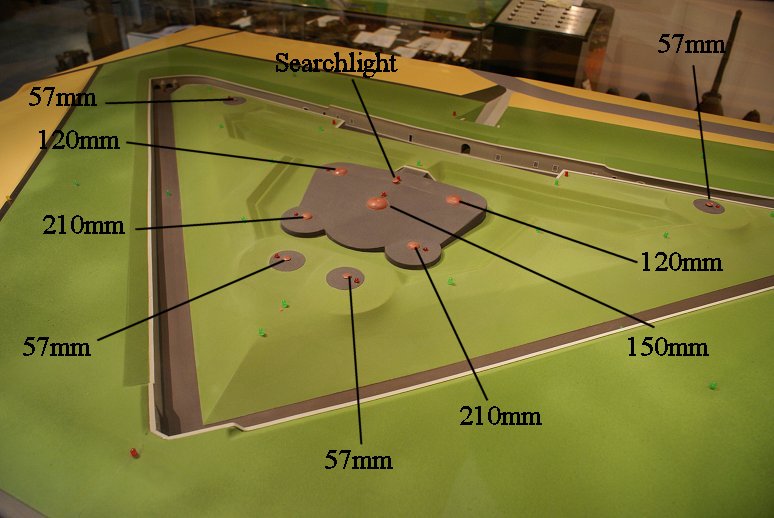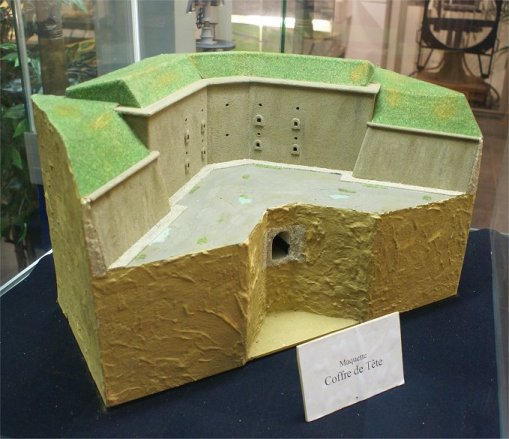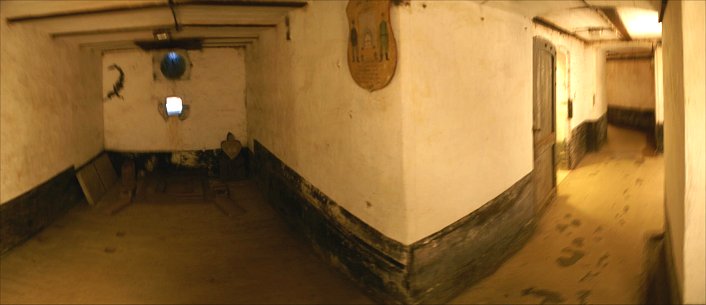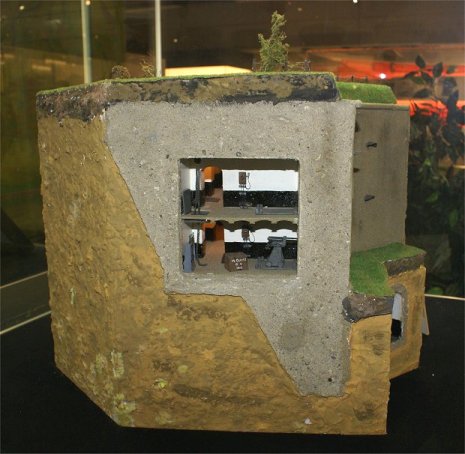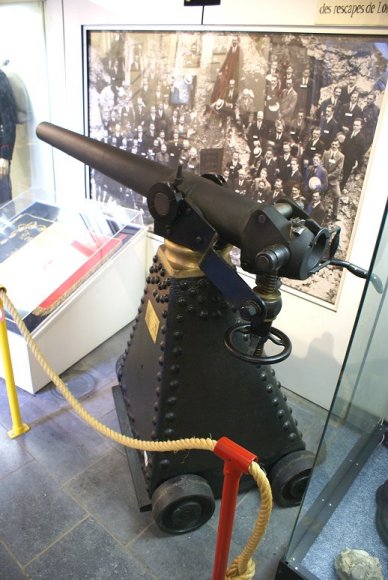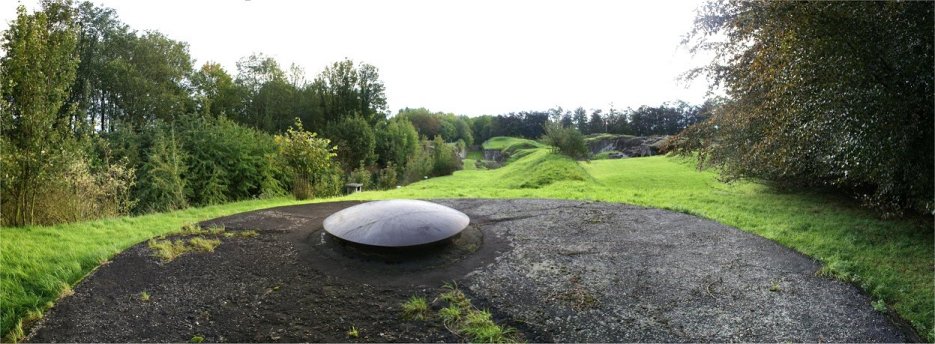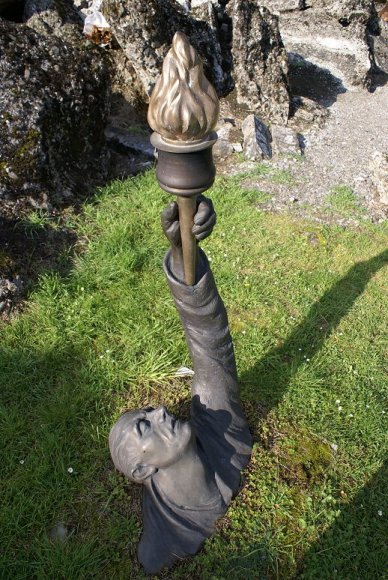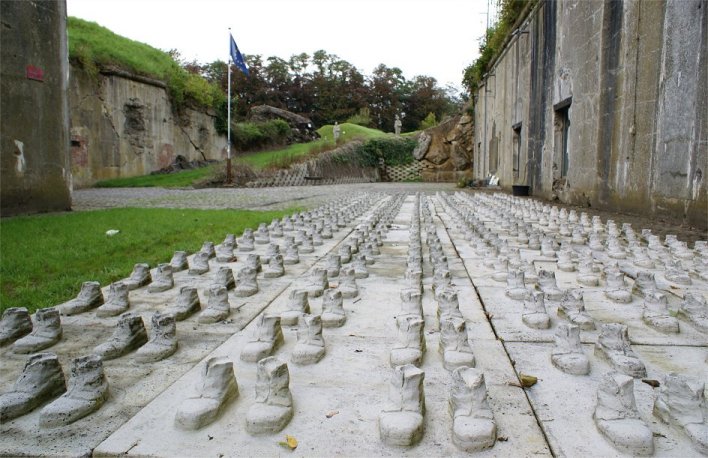Around 300 of the 550 man garrison died during the
battle. Invited by the Germans to see the damage at Fort Loncin,
defenders of the other of the two remaining Liege forts also surrendered.
Although the
Brialmont forts were flawed in many ways and fell to the German
attack,
many historians believe that the delay that the Germans incurred while
reducing the Belgian forts gave the Allies vitally important time
necessary to respond to the German invasion of France. With the
Germans approaching Paris, the French shifted troops, including with
Paris taxi cabs like the one at right. The British had time to
cross the Channel and prepare for battle. In the Battle of the Marne, the
Allies
counterattacked an overextended German army, halting their advance and
saving France, and perhaps democracy itself, from catastrophic defeat.
Sadly France took the wrong lessons from the Brialmont forts.
Instead of seeing that forts needed to be well designed and technologically up to
date, the French concluded that permanent fortifications were obsolete.
They stripped their forts at Verdun of weapons and men, an error that they would pay dearly for.
|
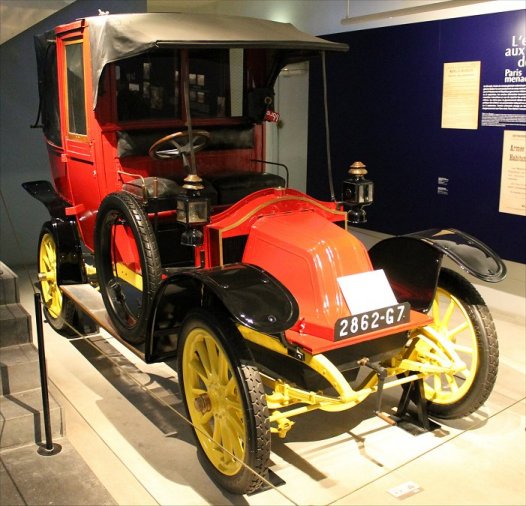 |
